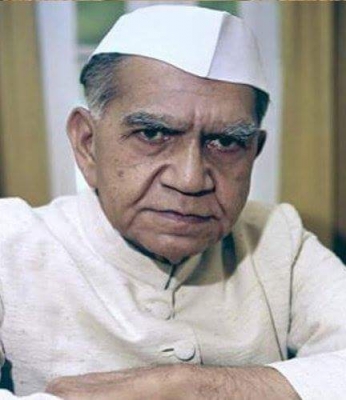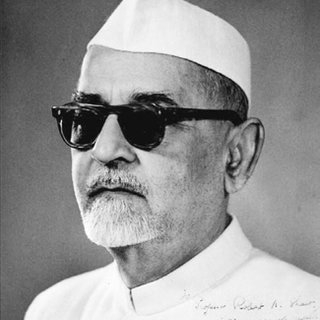
R. Venkataraman (25July 1987 – 25 July 1992)
Having been elected to the office of the President of India, R. Venkataraman was sworn in on July 25th, 1987. He was the eighth president of the Republic of India. During his tenure, which concluded on July 25th in 1992, India saw a quick succession of four prime ministers-Narasimha Rao, Chandra Shekhar, Rajiv Gandhi, and V.P. Singh. Venkataraman was a very eminent political personality throughout his lifetime.
R. Venkataraman was born on 4th December, 1910, in Rajamadam, Tamil Nadu. He did his under graduation in National College, Tiruchirappalli. Venkataraman obtained his Masters degree in Economics from Loyola College, Madras. He later, became a lawyer.
Venkataraman had actively participated in the Indian Independence movement. After independence he had served as the union finance minister and defence minister. He initiated India’s first missile programme. He was elected as the seventh vice president of India in 1984 and later, in July 1987, he was sworn in as the 8th President of India, serving till 1992.
Picture Credit : Google





